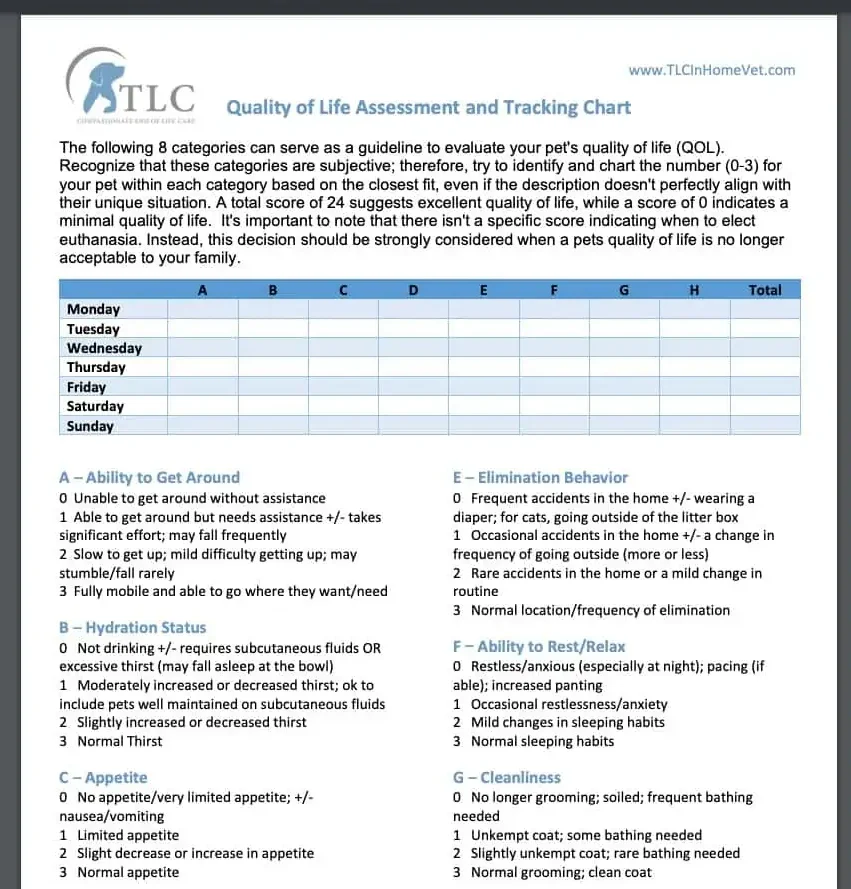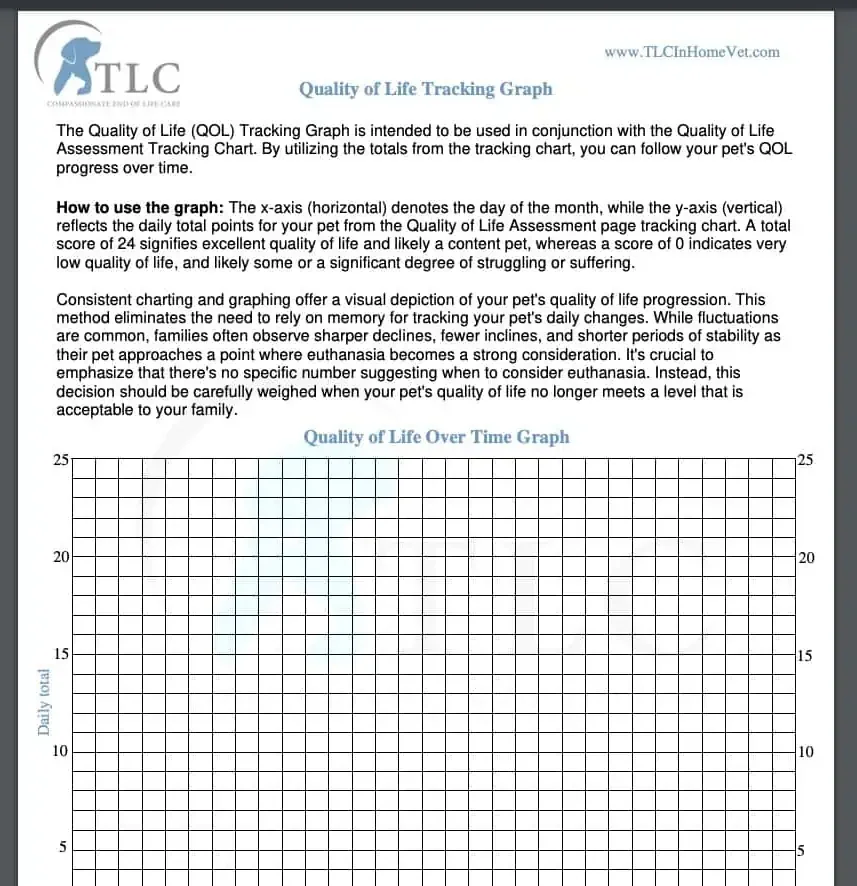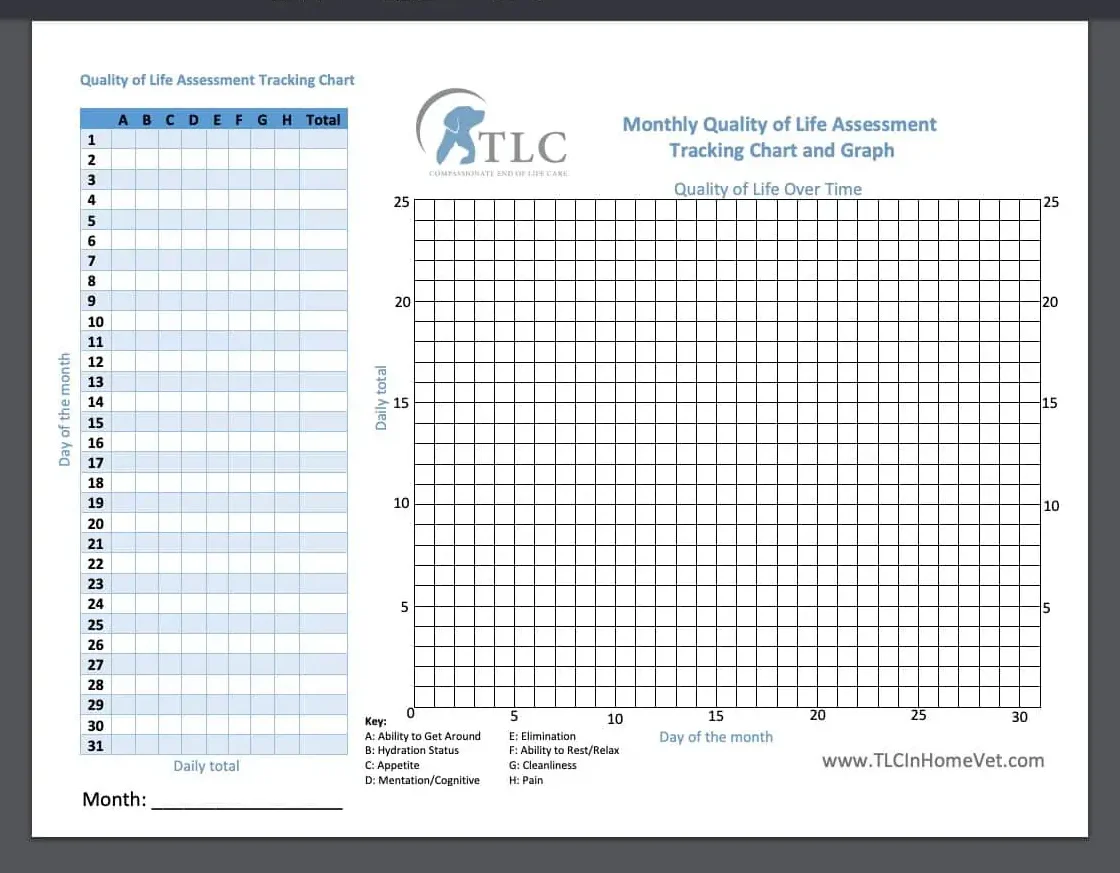Knowing When It Is Time
Assessing the Right Time for Pet Farewells
Dr. Sandra provides support to assess your pet’s well-being and make informed decisions, ensuring a compassionate and timely farewell.
From Dr. Sandra
Words of Wisdom
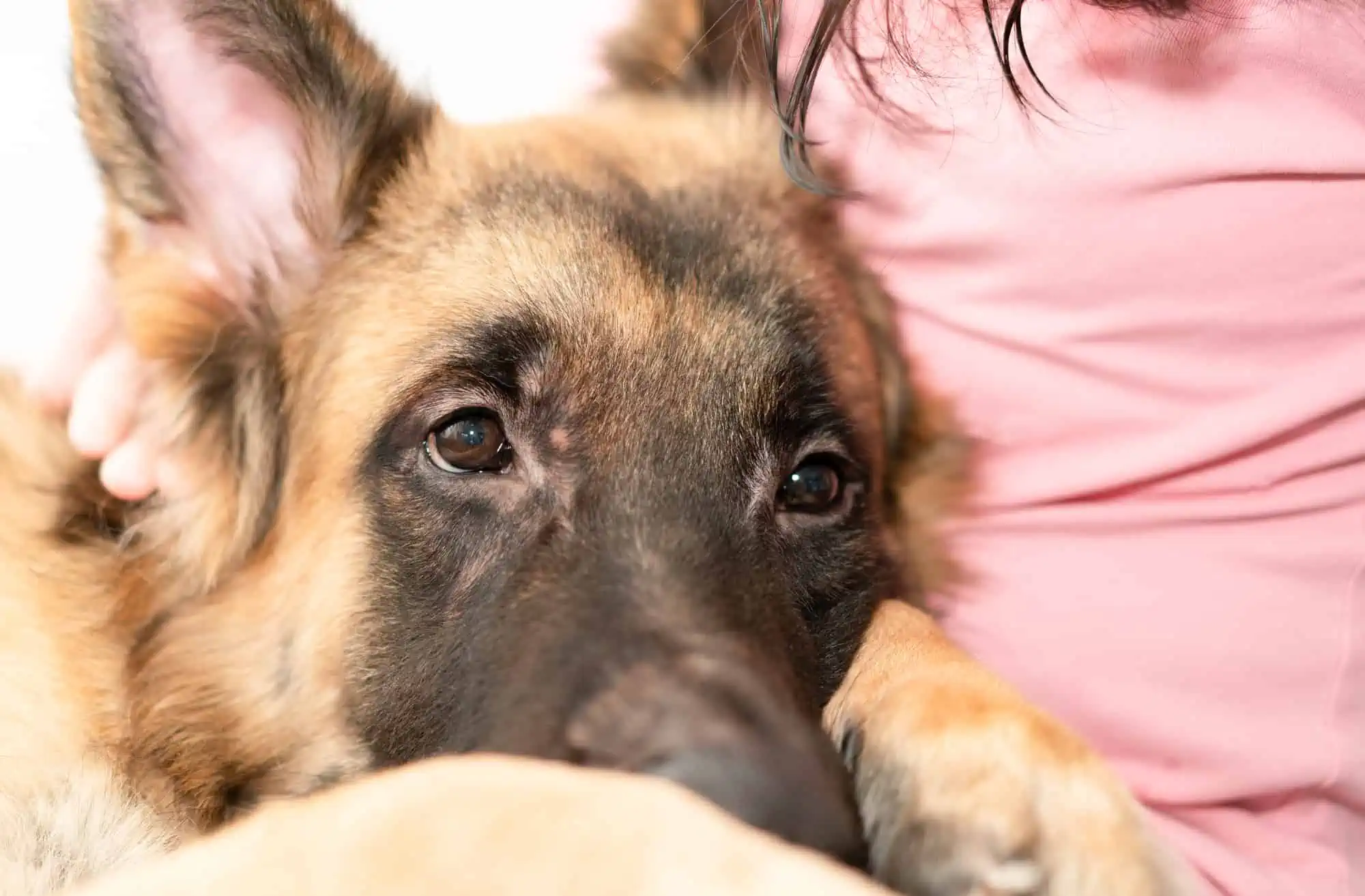
Is it time to euthanize and give my pet peace? This is one of the hardest questions for anyone to answer. Part of the difficulty lies in that what’s right for one family, or even person, isn’t necessarily what’s right for another. I’ve helped families where I would have made the decision sooner and other families where I would have waited, but it’s not my decision to make. I don’t live with that pet. I don’t wake up with them 4 times overnight. I don’t have to cook 5 different things just trying to get them to take one single bite and shed a tear when they don’t. I don’t have to worry all day at work wondering what I’ll come home to. The decision to euthanize is a very personal one. I generally don’t encourage people to ask coworkers, friends, or outside family what they think, unless they have a similar bond with that pet. It’s often much easier for an outsider to pass judgement, but remember, they’re not the one living with the pet, you are.
I’ve seen families divided over this question, with the pet stuck in the middle. What I can assure every family is that no one wants to see their family member suffer and no one wants to take away time from them that may be acceptable or even good. I’ve had families say in the same appointment, even the same sentence, that it’s too soon, but maybe we waited too long. I think it’s important for families to understand that there are feelings of guilt on both sides of the equation. No one wants to deprive their pet of quality time, but they don’t want to see them suffer. What’s most important is that you keep your pets quality of life your number one priority. As long as whatever your decision is has that as the number one goal, you’re making the best decision. The longer I help guide families through this time, the more I find families feeling a sense of relief when their pet is at peace. They often don’t realize the amount of stress they are under knowing that the time is coming or the amount of caregiver fatigue they themselves are suffering from. As important as your pets quality of life is, don’t forget to keep yours in mind too. It’s normal to feel frustrated, sad, angry, and defeated.
My final input is to remember the “right” time is not a moment. It’s not black and white, but a gray zone and for some that gray zone may be a few hours and for others, potentially years. When their quality of life falls into the gray zone or is approaching the gray zone, it’s appropriate to start considering euthanasia. If you’re still unsure, that’s ok and very common, as I said before, it’s a very difficult decision. If you feel you would benefit from a one on one discussion, a virtual quality of life consultation may be just what you need to get a clearer picture of where things stand medically and what to expect going forward. We are here to help during this difficult and confusing time.
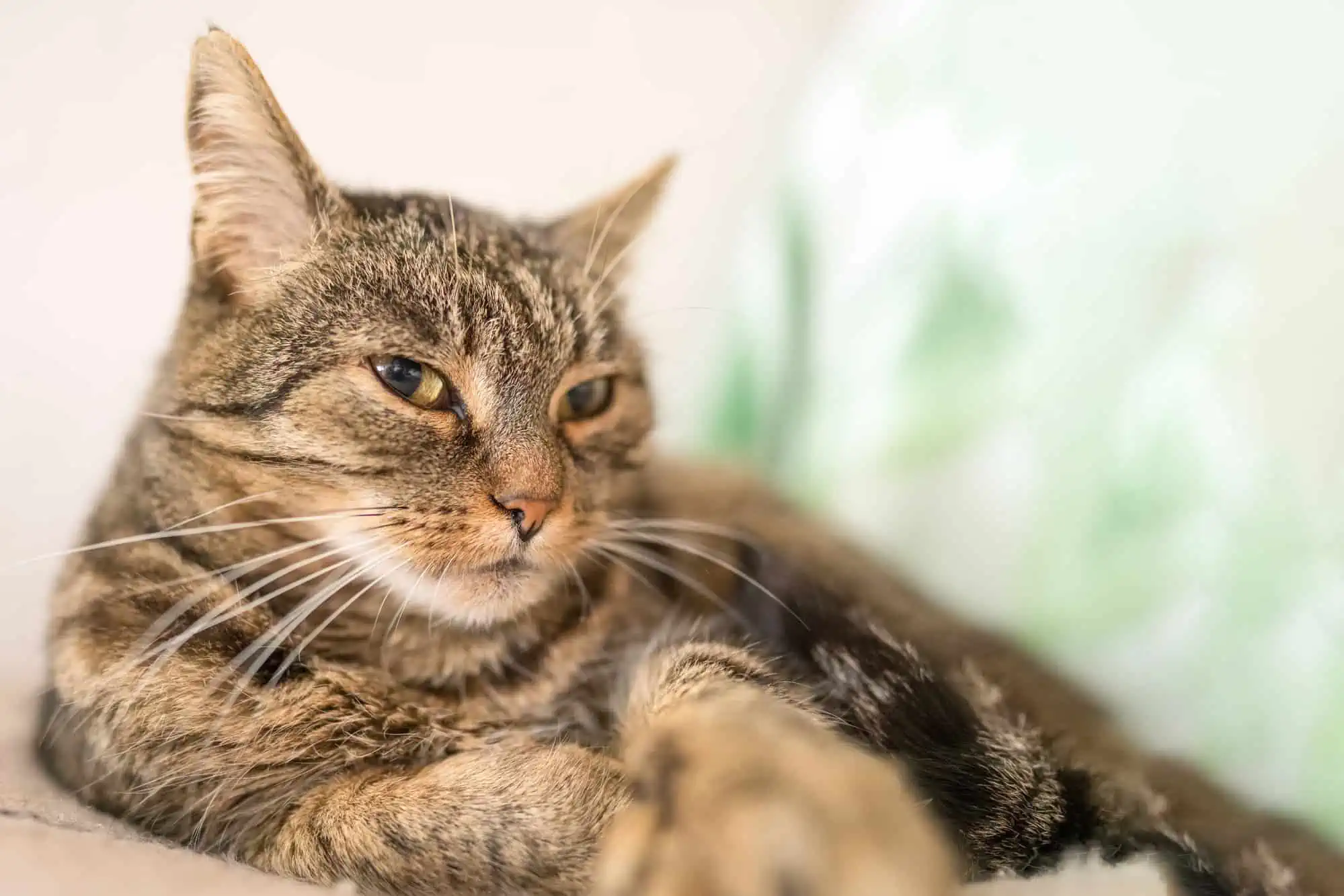
Take Home Points
Biological Death vs. Peaceful Passing
Thoughts on Natural Death
Beyond 'Natural' Endings
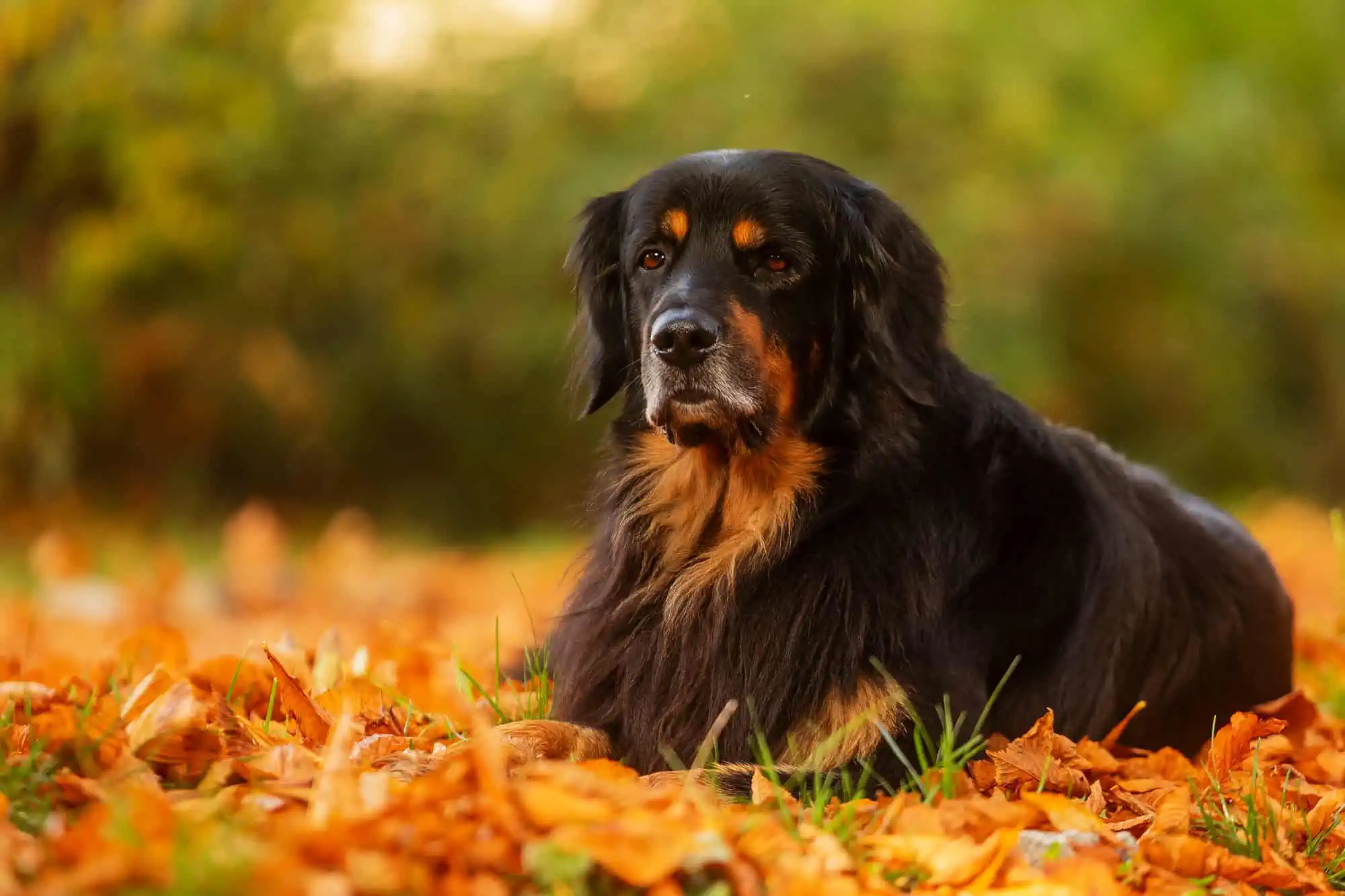

Take Home Points
Exploring the Natural Transition for Pets
Understanding Pet Comfort
Quality of Life Assessment
There is no specified cutoff value for when to consider euthanasia, as the decision is deeply personal and should be made when a pet’s quality of life is no longer acceptable to the family. Establishing written boundaries for what is considered acceptable and unacceptable may aid in this decision-making process.
QoL Tracking Graph
The TLC Quality of Life Tracking Graph complements the Quality of Life Assessment and Tracking Chart. Its primary purpose is to visually represent the progression of your pet’s quality of life over time. Values can be plotted on the graph, and when connected, a steady line indicates consistent quality of life, an upward line shows improvement, and a downward line signifies decline. While fluctuations are normal, sustained shorter steady states, fewer increases, and steeper declines are often observed as a pet approaches the point where euthanasia is being strongly considered.
